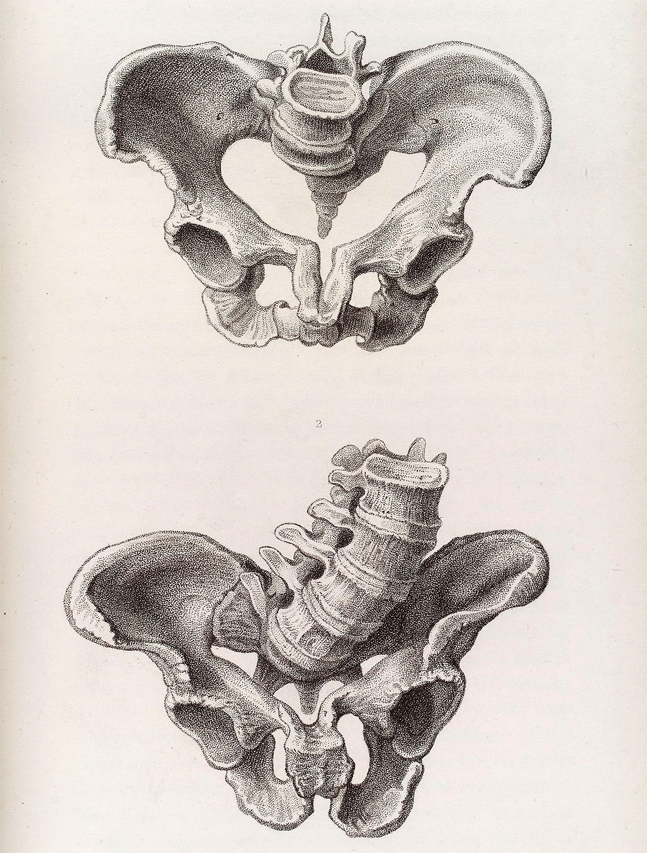

Definition: - Obstructed Labour is one where in spite of good uterine contractions, the progressive descent of the presenting part is arrested due to mechanical obstruction. This may result either due to factors in the fetus or in the birth canal or both,so that further progress is almost impossible without resistance.
INCIDENCE: - In the developing countries,the prevalence is about 1-2% in the referral hospitals.
CAUSES: -
FAULT IN THE PASSAGE:
1) Bony : Cephalopelvic disproportion and contracted pelvis are the common causes. Secondary contracted pelvis may be encountered in multiparous women.
2) Soft tissue obstructions: This includes cervical dystocia due to prolapse or previous operative scarring, cervical or broad ligament fibroid,impacted Ovarian tumour or the non-gravid horn of a Bicornuate uterus below the presenting part.
FAULT IN THE PASSENGER: Transverse lie, Brow presentation, Congenital malformations of the fetus-Hydrocephalus(commonest), fetal ascites, double monsters, big baby, occipito-posterior position, Compound presentation, Locked twins.
MORBID ANATOMICAL CHANGES:
Uterus:- The morbid Anatomical Changes in response to obstruction have already been described in relation to the formation of pathological retraction ring or Bandl's ring.
Bladder:- The bladder becomes an abdominal organ and due to compression of urethra between the presenting part and Symphysis pubis, the patient fails to empty the bladder. The transverse depression at the junction of the superior border of the bladder and the distended lower segment is often confused with the Bandl's ring. The bladder walls get traumatised which may lead to blood stained urine,a common finding in obstructed Labour. The base of the bladder and urethra which are nipped in between the presenting part and Symphysis pubis may undergo pressure necrosis.
EFFECTS ON THE FOETUS: -
CLINICAL FEATURES: -
Prevention: - Antenatal: - Detection of the factors likely to produce prolonged labour (big baby, small women, malpresentations and positions)
Intranatal:- Continuous vigilance,use of partograph and timely intervention of a prolonged labour due to mechanical factors can prevent obstructed labour. Failure in progress of labour in spite of good uterine contractions for a reasonable period (2-4hours) is an impending sign of obstructed labour.
HOMOEOPATHIC MEDICINES FOR MANAGING OBSTRUCTED LABOUR: -
1) Ipecacuanha :- Constant and continual nausea with no relief even after vomiting. Vomiting of food, bile, white glairy mucus, sometimes immediately after meals.
2) Arsenicum album: - Nausea, retching, vomiting especially after eating or drinking. Cannot bear the sight or smell of food.
3) Colchicum: - Nausea and faintness from the odour of cooking food, fish, eggs or fat meat. Vomiting of mucus, bile and food. Nausea is better by lying quietly and perfectly still.
4) Sepia: - Chilly patient, predisposed to take cold at the change of weather. Past history of repeated Abortions. Nausea with sour eructations specially in the morning before eating, from sight or thought of food.